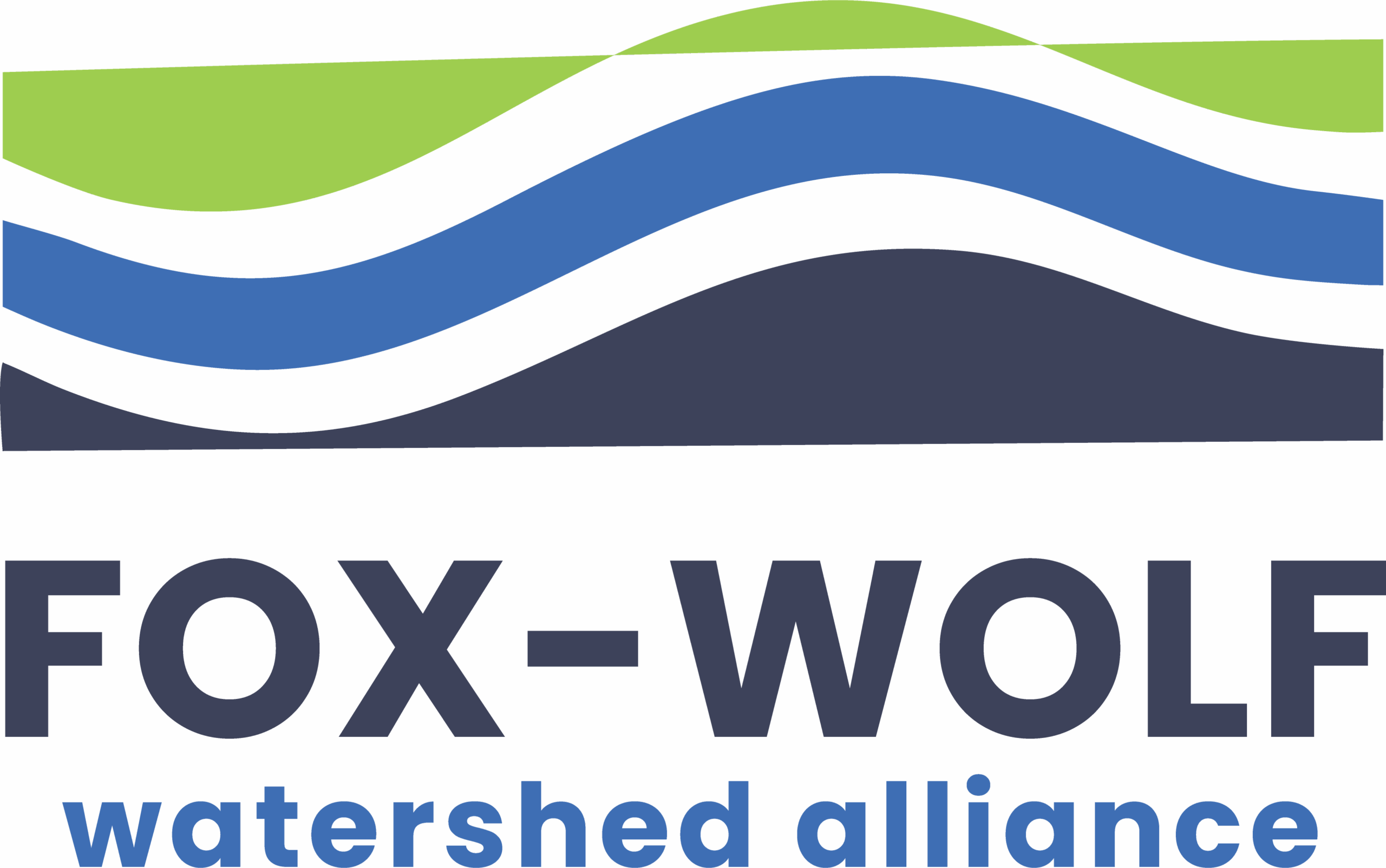
Contour farming. Photo – NRCS
This past Wednesday, Fox-Wolf/WWP staff joined the WDNR and staff from Fond du Lac, Winnebago, and Calumet Counties to model watershed-scale run-off and evaluate ways to reduce that run-off using different farming practices, such as no-till farming, manure injection, contour farming, and cover cropping. County and WDNR staff used Wisconsin’s nutrient management software, SnapPlus, along with land cover and soil type data to determine how much phosphorus leaves a farm field under typical farming practices. Then, conservation-farming practices were added to model how much phosphorus loss occurs when these soil-saving practices are applied.

This exercise gave conservation professionals a general idea of how many and what types of conservation practices need to be applied to the watershed in order to meet goals outlined in the Total Maximum Daily Load (TMDL) report being developed by the WDNR. The TMDL report identifies the amount of phosphorus and sediment pollution that the Fox-Wolf Basin can emit while still keeping the basin’s waterways healthy and unimpaired. Currently, the EPA lists all four Winnebago Lakes as impaired by both sediment and phosphorus pollution. The TMDL report identifies pollution levels, or loads, from both non-point and point-source emitters. This allows watershed managers and planners to prioritize reduction efforts and use resources where they will have the greatest effect.
The Lake Management Plan is also being written to satisfy the requirements of an EPA Nine Key Element Plan. An EPA 9KE plan provides the framework needed for improving water quality in a holistic manner within a geographic watershed. The nine elements help assess the contributing causes and sources of nonpoint source pollution, involve key stakeholders and prioritize restoration and protection strategies to address water quality problems. While various elements will be found throughout the LMP, the “watershed management” portion of the LMP will at least identify elements A, B, C, and D. Additionally, making the LMP a 9KE Plan opens up the door for additional project funding. Wednesday’s workday worked to satisfy element C, whereas the WDNR’s TMDL report identified elements A and B.
This post was created by Austin Pethan, the Winnebago Waterway’s Progam Assistant. He can be reached at (920) 851 – 4295 or austin@fwwa.org.
Winnebago Waterways is a Fox-Wolf Watershed Alliance program. The Fox-Wolf Watershed Alliance is an independent nonprofit organization that identifies and advocates effective policies and actions that protect, restore, and sustain water resources in the Fox-Wolf River Basin.
Follow the Fox Wolf Watershed Alliance’s Winnebago Waterways Program on our Facebook page or @WinnWaterways on Twitter! You can also sign-up for email updates at WinnebagoWaterways.org.
